- Home
- Articles
- Architectural Portfolio
- Architectral Presentation
- Inspirational Stories
- Architecture News
- Visualization
- BIM Industry
- Facade Design
- Parametric Design
- Career
- Landscape Architecture
- Construction
- Artificial Intelligence
- Sketching
- Design Softwares
- Diagrams
- Writing
- Architectural Tips
- Sustainability
- Courses
- Concept
- Technology
- History & Heritage
- Future of Architecture
- Guides & How-To
- Art & Culture
- Projects
- Interior Design
- Competitions
- Jobs
- Store
- Tools
- More
- Home
- Articles
- Architectural Portfolio
- Architectral Presentation
- Inspirational Stories
- Architecture News
- Visualization
- BIM Industry
- Facade Design
- Parametric Design
- Career
- Landscape Architecture
- Construction
- Artificial Intelligence
- Sketching
- Design Softwares
- Diagrams
- Writing
- Architectural Tips
- Sustainability
- Courses
- Concept
- Technology
- History & Heritage
- Future of Architecture
- Guides & How-To
- Art & Culture
- Projects
- Interior Design
- Competitions
- Jobs
- Store
- Tools
- More
What Really Keeps a City Alive? The Energy Behind Urban Motion
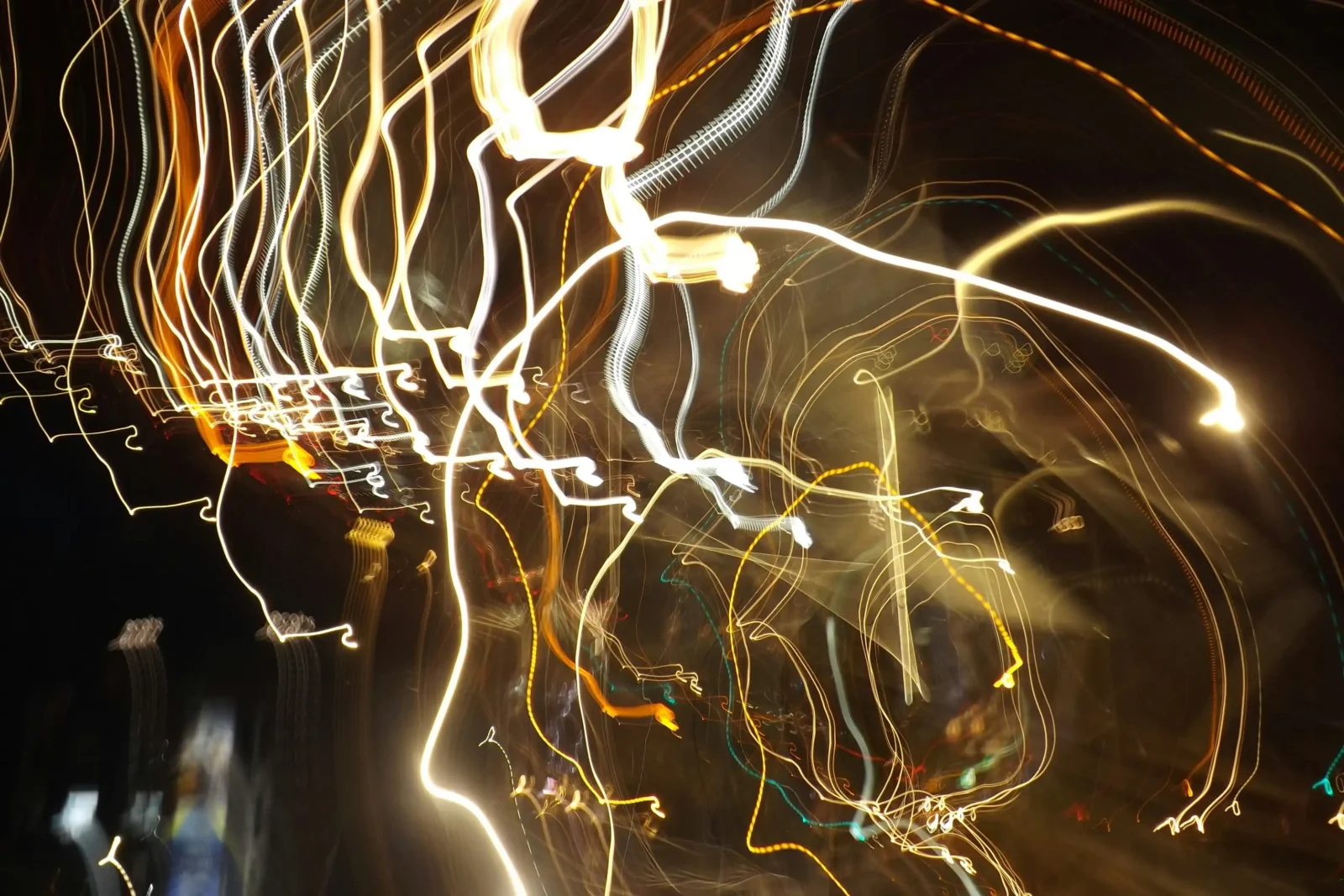
What gives a city its sense of life, the constant hum that never really stops? It’s more than the lights, the traffic, or the skyline. Every city thrives on layers of energy, the physical power that keeps it running, the motion that connects its people, the data that shapes its rhythm, and the human spirit that gives it meaning.
Together, these forces form an intricate balance between movement and stillness, progress and preservation. To understand what truly keeps a city alive, you have to look beyond the buildings and into the pulse that flows through everything.
Table of Contents
ToggleThe Energy We Don’t See
Every city runs on an invisible current. Behind every lit window, crosswalk signal, and humming refrigerator lies a complex web of power lines, substations, and systems quietly doing their job. We rarely stop to think about it, yet our daily routines, from brewing a cup of coffee to charging a phone, rely on an intricate energy network that never sleeps.
Cities are hungry for power, and as populations grow, their demand surges too. Managing that demand isn’t just about generating more electricity, it’s about distributing it smarter, cleaner, and more efficiently.
That’s why modern cities are rethinking how they produce and share energy. Cleaner sources like solar and wind are gradually replacing older, more polluting ones, while smart grids allow energy to flow dynamically where it’s needed most.
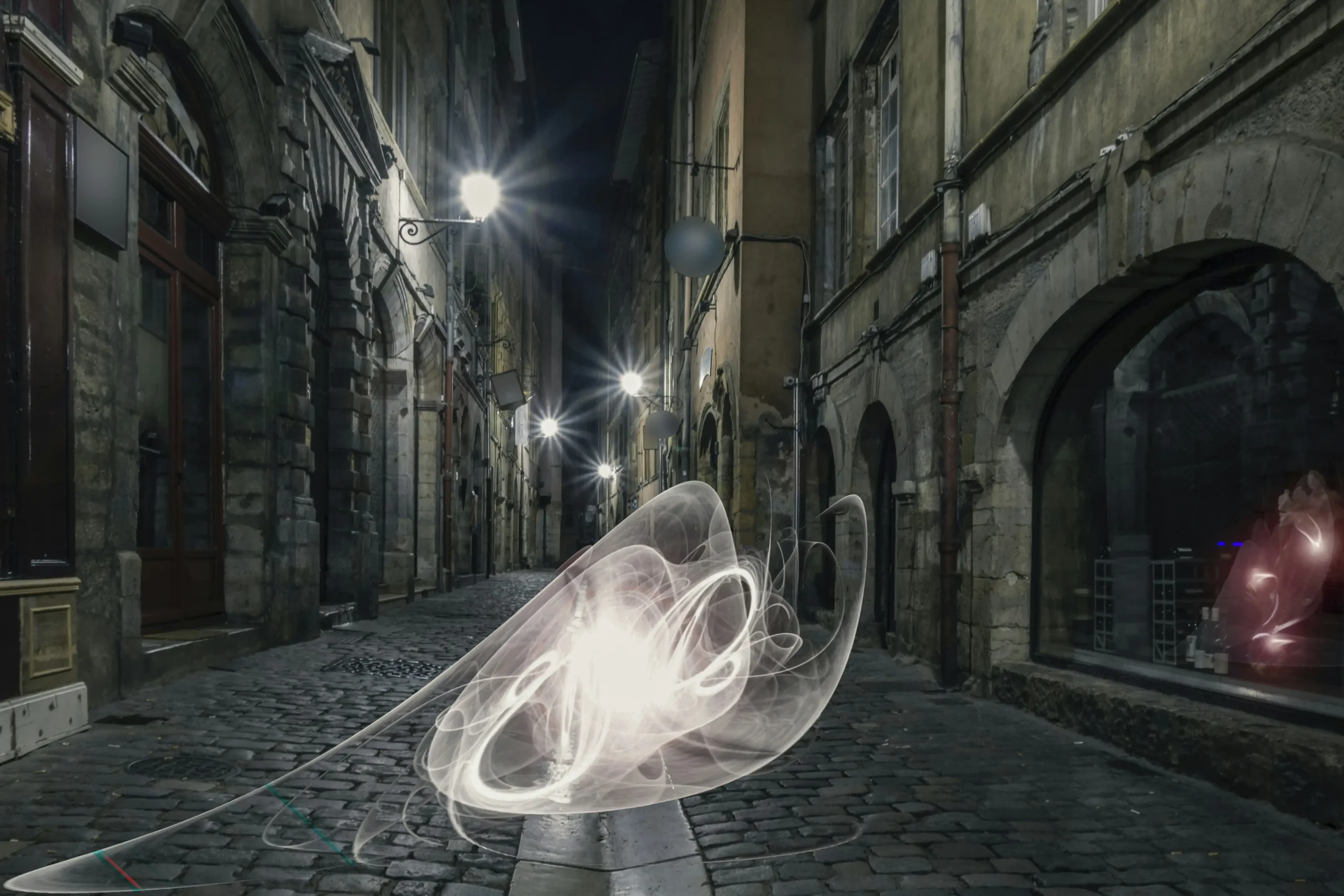
Buildings are becoming more self-sufficient, generating part of their own power and feeding it back into the grid. In a way, this quiet transformation is redefining how cities “breathe”. The more they learn to conserve and adapt, the more resilient, and alive, they become.
The Flow of Urban Motion
Cities are defined by movement. The steady rhythm of buses, trains, cars, and bicycles creates a kind of heartbeat that keeps everything connected. Transportation is more than just getting from one place to another, it’s what links people, jobs, and opportunities.
The moment that flow stops, the city feels it. A delay in traffic, a breakdown in the subway system, or a gridlocked intersection ripples through the urban body like a clogged artery. Behind the scenes, systems like MCC panels, control relays, and automated switchgear quietly coordinate the electrical heartbeat that keeps trains, traffic lights, elevators, and ventilation running smoothly, proof that even motion depends on carefully managed power.
How a city manages its motion often determines how healthy it feels to live in. That’s why innovation in mobility has become central to modern urban life. Cleaner transit options, improved public networks, and smarter traffic management systems are helping cities move more efficiently.
Shared mobility and better pedestrian planning are reducing congestion while creating spaces that feel more human and less mechanical. The goal isn’t just to move faster, it’s to move better. When transportation flows smoothly, people spend less time waiting and more time living, and that’s what truly fuels a city’s vitality.
People as the True Power Source
Technology and infrastructure might keep a city functioning, but people keep it alive. The laughter from cafés, the artists performing in parks, the aroma drifting from food trucks, all of these small moments add up to a city’s character.
Human energy can’t be stored or measured, yet it powers everything that matters. When communities are active, creative, and connected, their energy radiates through every street corner. A city’s strength isn’t only in its size or wealth, but in how it makes people feel part of something larger.
Even as routines shift with remote work and changing lifestyles, that spark hasn’t disappeared, it’s simply evolving. People are rediscovering local life, supporting neighborhood businesses, and creating new spaces for social connection.
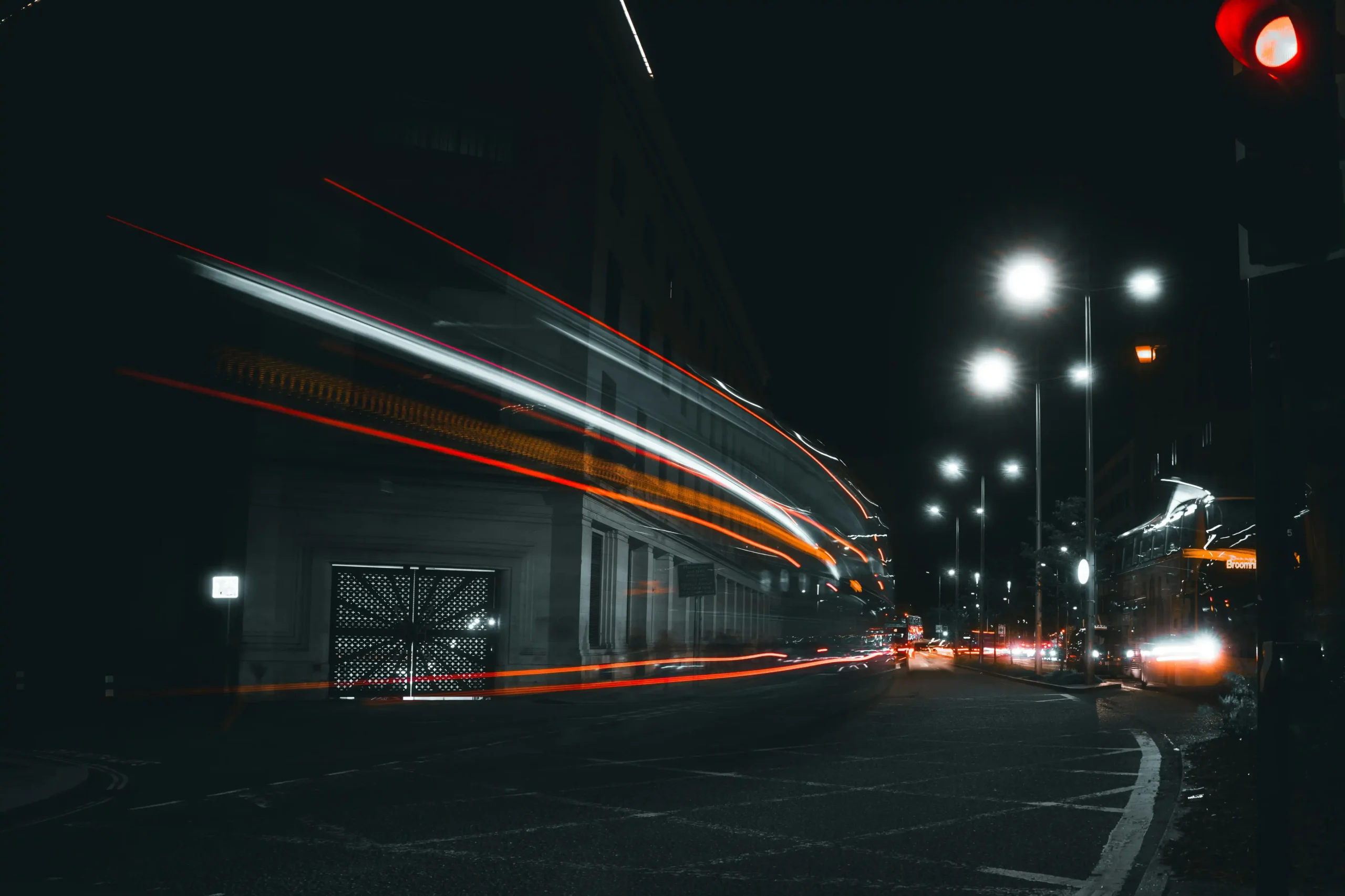
The best cities adapt by giving people room to shape their own rhythms. In the end, it’s the residents, their curiosity, innovation, and sense of belonging, that give the urban landscape its pulse. Without them, even the brightest skyline would feel dim.
Data and Digital Energy
There’s another kind of current pulsing through cities today, data. From traffic lights adjusting in real time to sensors monitoring air quality, digital systems now guide much of urban life. These technologies make cities more responsive and efficient, allowing problems to be detected and solved before they escalate.
Digital energy flows silently, much like electricity, but it’s made up of information instead of electrons. When managed well, it helps cities think faster and move smarter.
Of course, this comes with a cost. Data centers and digital networks require significant energy themselves, creating a paradox. The smarter our cities become, the more power they may consume. The challenge is finding a balance between digital convenience and environmental responsibility.
Do we really need every service to be automated, or should we focus on what truly improves quality of life? The future of digital energy depends on making those choices wisely, ensuring technology empowers cities without overwhelming them.
Greener Cities on the Horizon
Cities are learning that growth and sustainability don’t have to be at odds. Rooftop solar panels, wind-powered microgrids, and electric public transit are turning urban centers into test grounds for a greener future.
These innovations aren’t just about reducing emissions, they’re about rethinking how cities function from the ground up. Streets designed for pedestrians, parks that help absorb heat, and buildings that reuse water or generate their own power all contribute to a more balanced urban ecosystem.
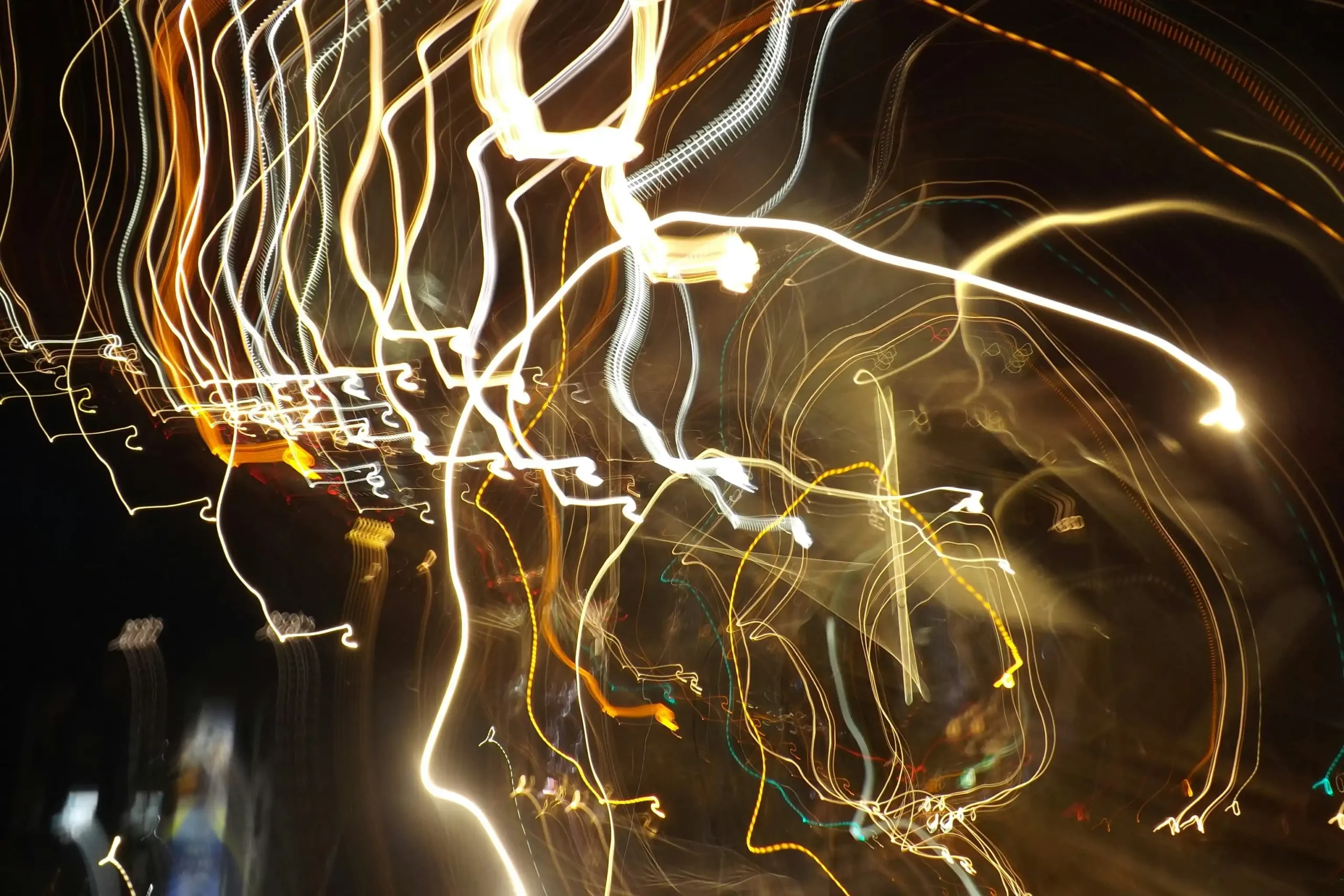
What makes this shift powerful is its focus on harmony rather than speed. A sustainable city isn’t one that never sleeps, it’s one that learns how to rest wisely. By embracing renewable energy, reducing waste, and promoting local production, cities can maintain their pace without draining the planet.
The most promising urban designs are those that recognize energy as part of a living cycle, where every watt, drop, and breath has purpose. That’s the kind of city that can truly thrive for generations.
Conclusion
Every city tells its story through energy. It’s found in the lights that flicker on at dusk, the trains that never miss a beat, and the conversations that fill the air long after sunset. Physical power may fuel its systems, but it’s the people, their ideas, routines, and connections, that give it life.
The future of cities depends on keeping those forms of energy in harmony, blending technology with empathy and sustainability with ambition. When that balance is right, a city doesn’t just function, it feels alive.
illustrarch is your daily dose of architecture. Leading community designed for all lovers of illustration and #drawing.
Submit your architectural projects
Follow these steps for submission your project. Submission FormLatest Posts
Understanding Site Safety Footwear in Architectural Practice
Architecture is often discussed through drawings, models, and finished buildings, yet a...
General Arrangement Drawings in Architecture: The Backbone of Clear Design Communication
General Arrangement Drawings explained: what they are, when to use them, how...
The Ultimate Guide to Fencing in North Dakota: Choosing the Best Fence for Your Property
Watching a chain link fence twist in 70 mph winds near Minot...
Gaudí: Where Architecture Meets Science
Gaudí: Where Architecture Meets Science shows catenary arches, ruled surfaces, and biomimicry...


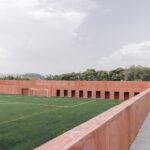


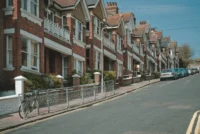
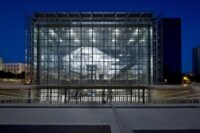

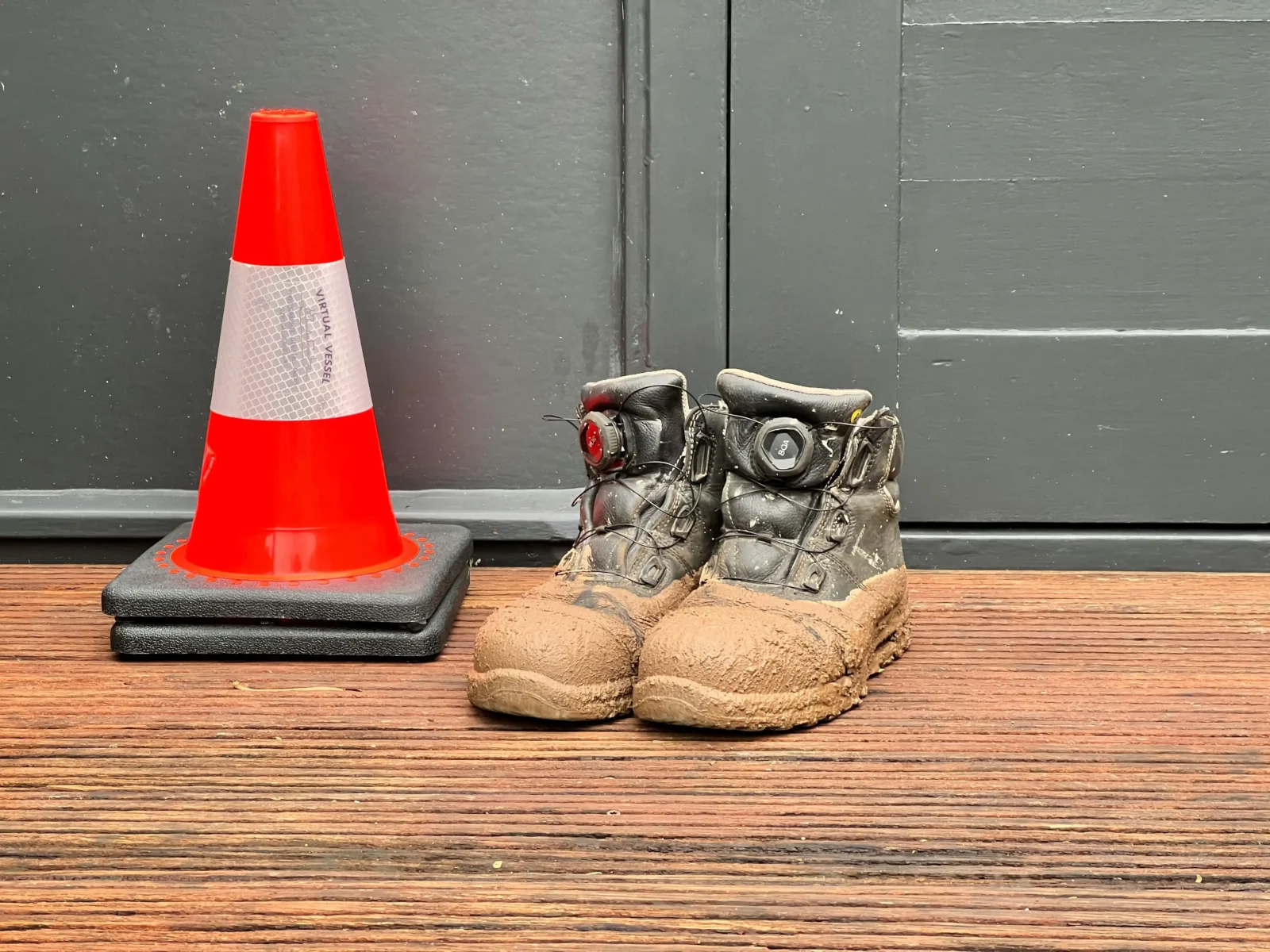


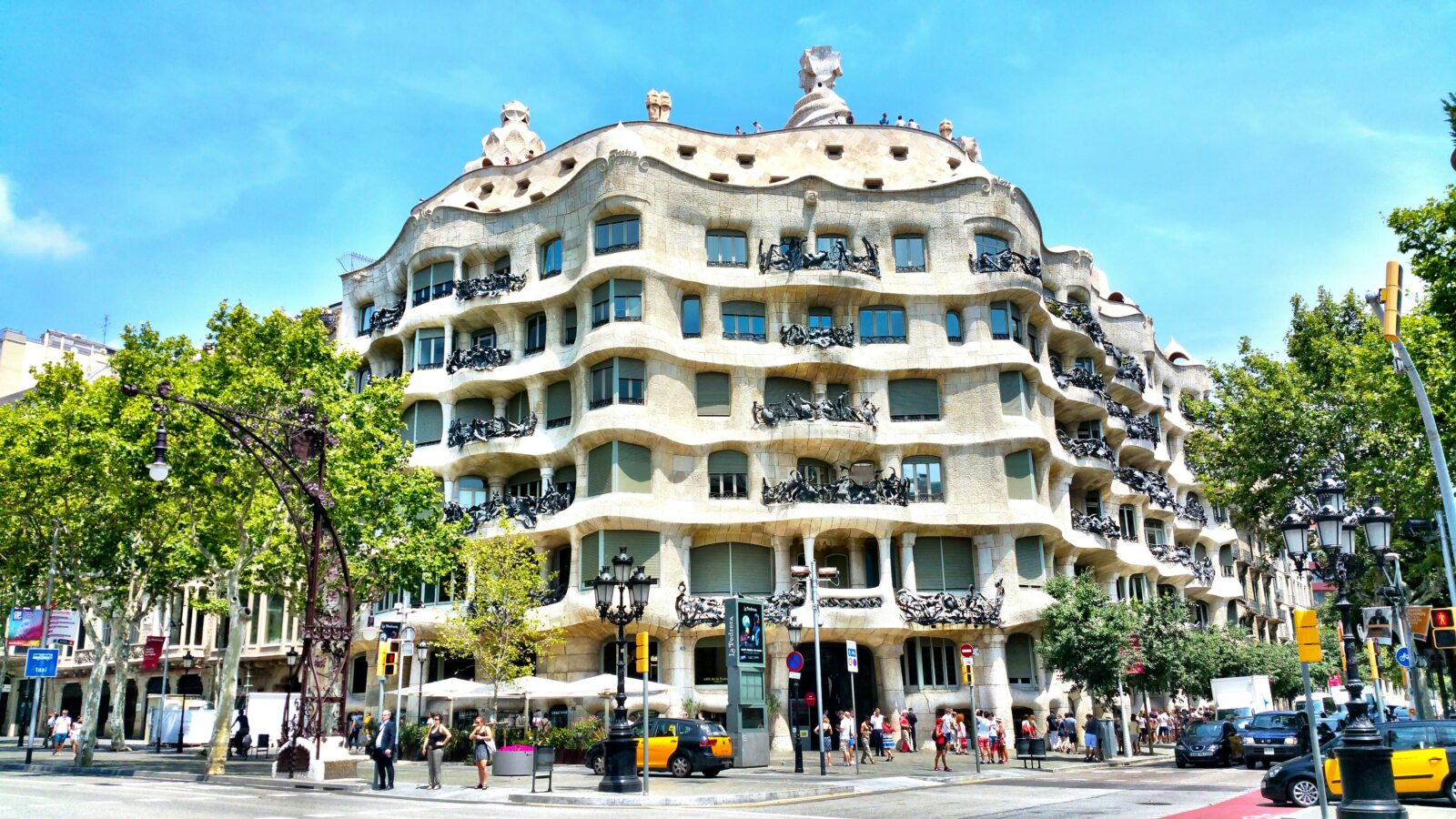
Leave a comment